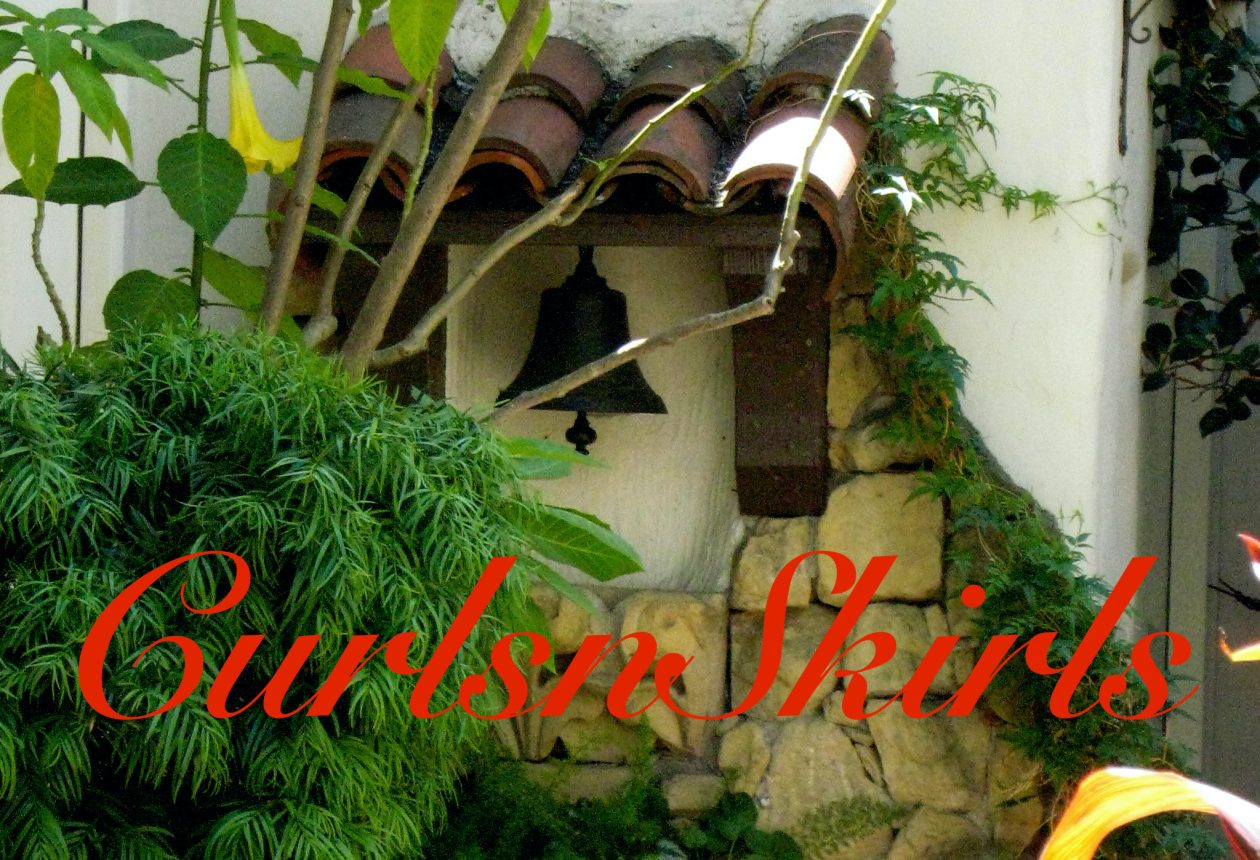 I’ve been immersing myself in old GBSB episodes this past week, partly to avoid having to get on with waiting projects, and partly just because.
I’ve been immersing myself in old GBSB episodes this past week, partly to avoid having to get on with waiting projects, and partly just because.
We’re now in the last week of February. Why that’s a reason for anything is beyond me at the mo. It just seems too quick. 🙀
As part of my planning process for wardrobe changes, I’ve been spending too much time discovering the fitting tips & tricks of Peggy Sager, of Silhouette Patterns. Her Fit2Stitch channel is here. Is anyone familiar with her or Silhouette Patterns? What did you think?
I’m reviewing my old posts on fitting and design rules here, here, here, and here, and thinking about writing another one on proportion. Things like the length of a skirt should never be shorter than its’ width.
The winter wardrobe is going to have severe gaps by next year, so I’m planning out for those whilst trying not to buy more fabric. We all know how that goes . . . 🤣
Sunday I was watching the latest Stitch Sisters video about Pantone’s Spring colours. There are four great colours for my wardrobe: a red, a green, a blue and ochre.
Thanks to witness2fashion I’m trying not to become too engrossed in Great Pottery Throw Down. Like GBSB, it’s British and follows the same general format, but with pottery rather than dressmaking.
Reading continues on a pace, with the next Louise Penny borrowed from the library, and the last of five mysteries from Dean Street Press.
I blame Scott of Furrowed Middlebrow for those, as his latest post was my referral to Dean Street Press, and an introduction to a woman author from the Golden Age of detective fiction, Moray Dalton (as used by Katherine Mary Deville Dalton Renoir, 1881-1963).
I found this post rating Dalton with PD James:
“Yet she did it with little of the fanfare received by Sayers and her sister Crime Queens Margery Allingham and Ngaio Marsh, or even ECR Lorac and Anthony Gilbert.”
I would agree, having read the first of the five books Dean Street has published, and finding it very rocky. I then skipped the second, but have enjoyed the last three. According to amazon, more are soon to be published.
So things are tickety-booing along here, within the limits of what seems to be an annual cycle of 2 days of winter quickly warming to 2 days of spring, then abrubtly reverting back to winter.
Hope you are all surviving in whatever part of the world you inhabit, and are having as much fun as possible.

 Three pieces of tissue viscose/rayon, purchased in 2016, have slowly been rising to the top of the ToDo list.
Three pieces of tissue viscose/rayon, purchased in 2016, have slowly been rising to the top of the ToDo list. Look at the neckline in this photo. I hadn’t given it much thought because I’d cut out the tank top pattern, narrowing the shoulder straps.
Look at the neckline in this photo. I hadn’t given it much thought because I’d cut out the tank top pattern, narrowing the shoulder straps. See how narrow this neckline is? Compare it to the camisole picture. See a difference?
See how narrow this neckline is? Compare it to the camisole picture. See a difference? Waaaaaaahhhhhhhh! 🤪
Waaaaaaahhhhhhhh! 🤪




















You must be logged in to post a comment.